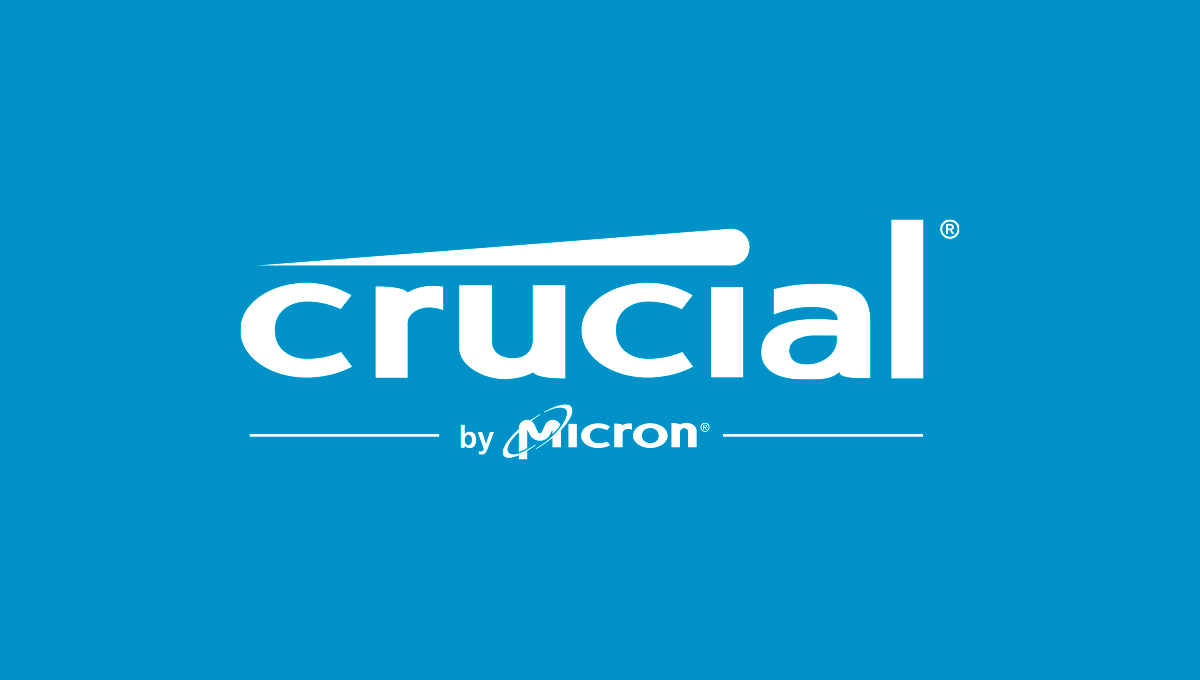- Joined
- Oct 9, 2007
- Messages
- 47,892 (7.38/day)
- Location
- Dublin, Ireland
| System Name | RBMK-1000 |
|---|---|
| Processor | AMD Ryzen 7 5700G |
| Motherboard | Gigabyte B550 AORUS Elite V2 |
| Cooling | DeepCool Gammax L240 V2 |
| Memory | 2x 16GB DDR4-3200 |
| Video Card(s) | Galax RTX 4070 Ti EX |
| Storage | Samsung 990 1TB |
| Display(s) | BenQ 1440p 60 Hz 27-inch |
| Case | Corsair Carbide 100R |
| Audio Device(s) | ASUS SupremeFX S1220A |
| Power Supply | Cooler Master MWE Gold 650W |
| Mouse | ASUS ROG Strix Impact |
| Keyboard | Gamdias Hermes E2 |
| Software | Windows 11 Pro |
AMD today put out detailed guides on how to get DeepSeek R1 distilled reasoning models to run on Radeon RX graphics cards and Ryzen AI processors. The guide confirms that the new Ryzen AI Max "Strix Halo" processors come in hardwired to LPCAMM2 memory configurations of 32 GB, 64 GB, and 128 GB, and there won't be a 16 GB memory option for notebook manufacturers to cheap out with. The guide goes on to explain that "Strix Halo" will be able to locally accelerate DeepSeek-R1-Distill-Llama with 70 billion parameters on the 64 GB and 128 GB memory configurations of "Strix Halo" powered notebooks, while the 32 GB model should be able to run DeepSeek-R1-Distill-Qwen-32B. Ryzen AI "Strix Point" mobile processors should be capable of running DeepSeek-R1-Distill-Qwen-14B and DeepSeek-R1-Distill-Llama-14B on their RDNA 3.5 iGPUs and NPUs. Meanwhile, older generation processors based on "Phoenix Point" and "Hawk Point" chips should be capable of DeepSeek-R1-Distill-Llama-14B. The company recommends running all of the above distills in Q4 K M quantization.
Switching gears to the discrete graphics cards, and AMD is only recommending its Radeon RX 7000 series for now, since the RDNA 3 graphics architecture introduces AI accelerators. The flagship Radeon RX 7900 XTX is recommended for DeepSeek-R1-Distill-Qwen-32B distill, while all SKUs with 12 GB to 20 GB of memory—that's RX 7600 XT, RX 7700 XT, RX 7800 XT, RX 7900 GRE, and RX 7900 XT, are recommended till DeepSeek-R1-Distill-Qwen-14B. The mainstream RX 7600 with its 8 GB memory is only recommended till DeepSeek-R1-Distill-Llama-8B. You will need LM Studio 0.3.8 or later and Radeon Software Adrenalin 25.1.1 beta or later drivers. AMD put out first party LMStudio 0.3.8 tokens/second performance numbers for the RX 7900 XTX, comparing it with the NVIDIA GeForce RTX 4080 SUPER and the RTX 4090.

When compared to the RTX 4080 SUPER, the RX 7900 XTX posts up to 34% higher performance with DeepSeek-R1-Distill-Qwen-7B, up to 27% higher performance with DeepSeek-R1-Distill-Llama-8B, and up to 22% higher performance with DeepSeek-R1-Distill-Qwen-14B. Next up, the big face-off between the RX 7900 XTX and the GeForce RTX 4090 with its 24 GB of memory. The RX 7900 XTX is shown to prevail in 3 out of 4 tests, posting up to 13% higher performance with DeepSeek-R1-Distill-Qwen-7B, up to 11% higher performance with DeepSeek-R1-Distill-Llama-8B, and up to 2% higher performance with DeepSeek-R1-Distill-Qwen-14B. It only falls behind the RTX 4090 by 4% with the larger DeepSeek-R1-Distill-Qwen-32B model.
Catch the step-by-step guide on getting DeepSeek R1 disrilled reasoning models to run on AMD hardware in the source link below.
View at TechPowerUp Main Site | Source
Switching gears to the discrete graphics cards, and AMD is only recommending its Radeon RX 7000 series for now, since the RDNA 3 graphics architecture introduces AI accelerators. The flagship Radeon RX 7900 XTX is recommended for DeepSeek-R1-Distill-Qwen-32B distill, while all SKUs with 12 GB to 20 GB of memory—that's RX 7600 XT, RX 7700 XT, RX 7800 XT, RX 7900 GRE, and RX 7900 XT, are recommended till DeepSeek-R1-Distill-Qwen-14B. The mainstream RX 7600 with its 8 GB memory is only recommended till DeepSeek-R1-Distill-Llama-8B. You will need LM Studio 0.3.8 or later and Radeon Software Adrenalin 25.1.1 beta or later drivers. AMD put out first party LMStudio 0.3.8 tokens/second performance numbers for the RX 7900 XTX, comparing it with the NVIDIA GeForce RTX 4080 SUPER and the RTX 4090.

When compared to the RTX 4080 SUPER, the RX 7900 XTX posts up to 34% higher performance with DeepSeek-R1-Distill-Qwen-7B, up to 27% higher performance with DeepSeek-R1-Distill-Llama-8B, and up to 22% higher performance with DeepSeek-R1-Distill-Qwen-14B. Next up, the big face-off between the RX 7900 XTX and the GeForce RTX 4090 with its 24 GB of memory. The RX 7900 XTX is shown to prevail in 3 out of 4 tests, posting up to 13% higher performance with DeepSeek-R1-Distill-Qwen-7B, up to 11% higher performance with DeepSeek-R1-Distill-Llama-8B, and up to 2% higher performance with DeepSeek-R1-Distill-Qwen-14B. It only falls behind the RTX 4090 by 4% with the larger DeepSeek-R1-Distill-Qwen-32B model.
Catch the step-by-step guide on getting DeepSeek R1 disrilled reasoning models to run on AMD hardware in the source link below.
View at TechPowerUp Main Site | Source






 Wait... Seriously?
Wait... Seriously? 